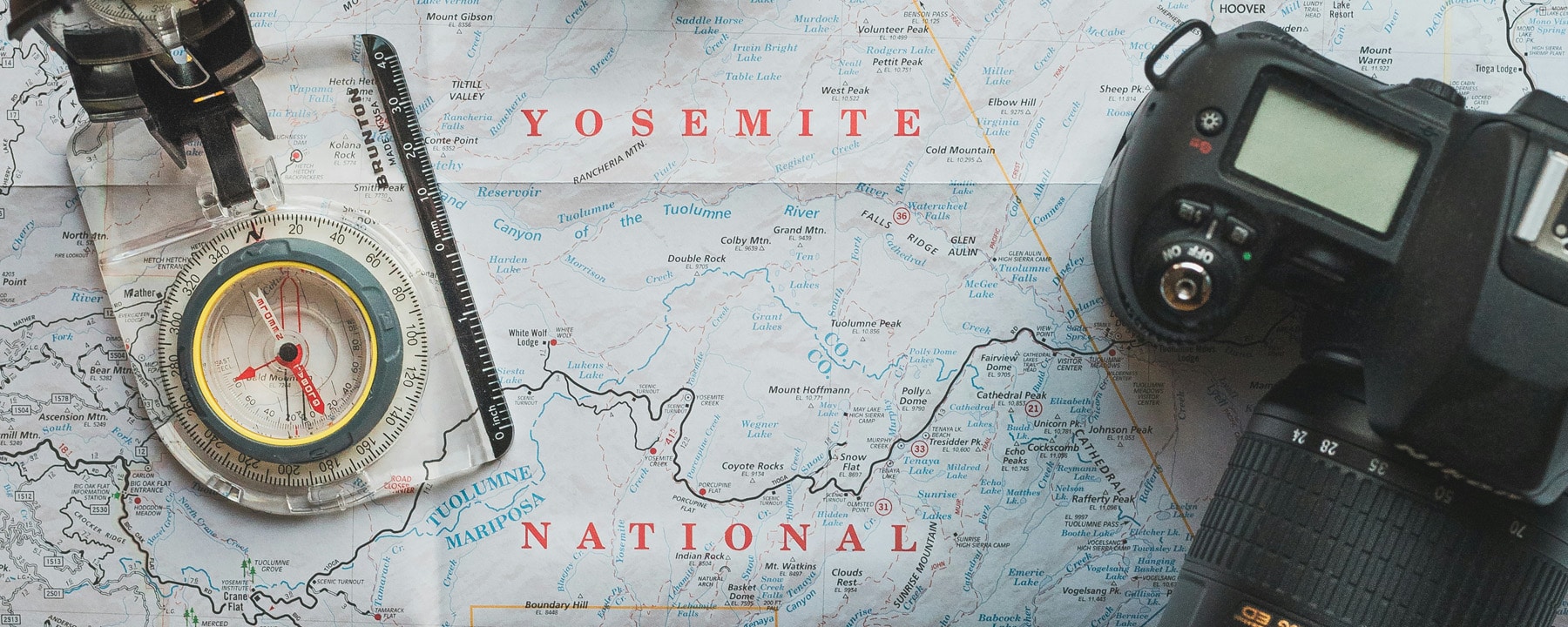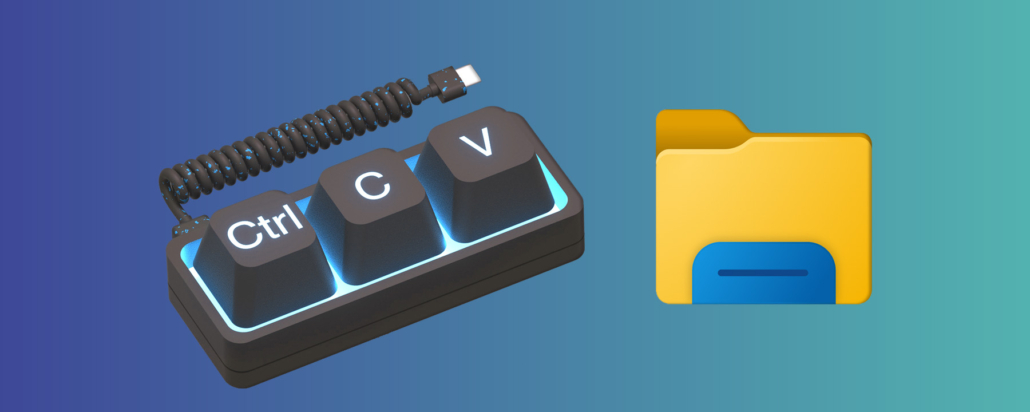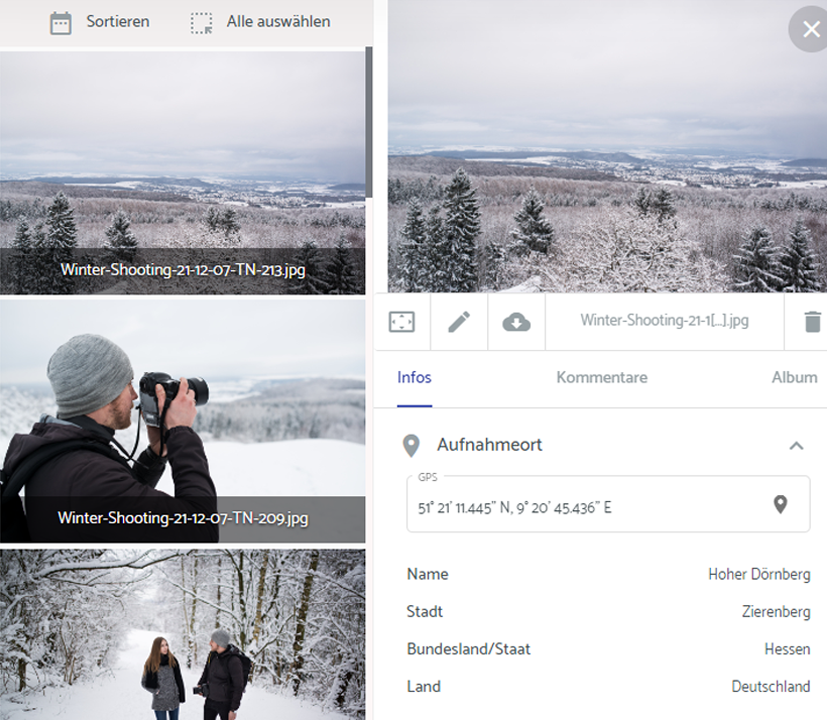Saving geodata in photo files is common practice. The Exif format developed for digital cameras is usually used for this. The prerequisite is, of course, that the location function has not been deactivated, for example for data protection reasons.
Exif can store a wide range of information about the conditions under which the photo was taken, such as exposure time, aperture, ISO value etc. This also includes geodata, which is stored in a separate section (GPS IFD) within the Exif data structure. These entries are referred to as GPS tags.
In addition to the coordinates and altitude, time stamps can also be saved via the GPS tags. These are based on the last GPS fix, the time at which the position was last successfully calculated.
Moreover, smartphones and some professional cameras can also record the direction in which the device was pointing when it was triggered. This is done using built-in sensors such as magnetometers and gyroscopes. The corresponding information is referred to as image direction. A complete list of the GPS parameters that can be mapped in Exif format can be viewed here.

 https://www.teamnext.de/wp-content/uploads/2024/08/windows-explorer-shortcuts.jpg
720
1800
Björn Buxbaum-Conradi
https://www.teamnext.de/wp-content/uploads/2022/03/teamnext-mediahub-logo-bunt.svg
Björn Buxbaum-Conradi2024-08-13 16:47:312024-10-15 16:10:3210 Windows Explorer shortcuts for quick file management and cloud DAM preparation
https://www.teamnext.de/wp-content/uploads/2024/08/windows-explorer-shortcuts.jpg
720
1800
Björn Buxbaum-Conradi
https://www.teamnext.de/wp-content/uploads/2022/03/teamnext-mediahub-logo-bunt.svg
Björn Buxbaum-Conradi2024-08-13 16:47:312024-10-15 16:10:3210 Windows Explorer shortcuts for quick file management and cloud DAM preparation




